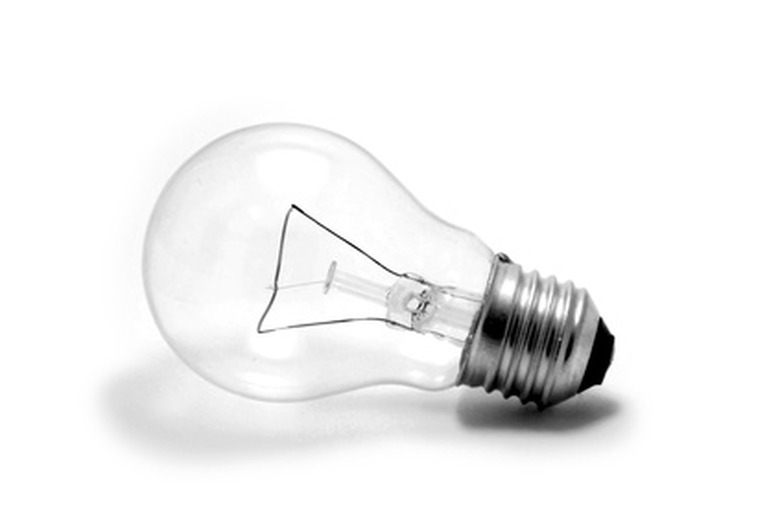Types Of Light Sensors
Light sensors help you everyday by detecting and reacting to different levels of light in appliances, switches and machines. Light sensors vary from those that respond to changes, collect current or hold voltage depending on light levels. People use light sensors for motion lights, robot intelligence and much more. Light sensors often detect light that's not visible to the human eye, like x-rays, infrared and ultraviolet light.
Photovoltaic
Photovoltaic light sensors are also called solar cells. The light sensors for photovoltaic cells respond to light levels by generating current or voltage and storing it in silicon cells for use as emergency or alternative energy. In low light situations photovoltaic sensors don't generate current. Photovoltaic cells are small and generate low wattage, but they commonly come in panels for large amounts of current. These light sensors respond only to light visible on the human scale.
Light Dependent
Light-dependent sensors are inexpensive and commonly used for gauging and responding to light levels. These light sensors work as automatic switches for different devices. They belong to a group called photoresistors because their resistance increases as light levels increase, which is why they're commonly present in outdoor lights like streetlamps. As light levels increase, their resistance increases and turns the lights off or down.
Photo Diode
Digital technology like cameras, video recorders and remote controls use photo diodes to detect light levels ranging from infrared to the visible spectrum. Photo diodes respond to levels of infrared and act as switches. Remote controls, for example, transmit different light levels to the light sensors in your television to perform a function. Photo diodes respond instantly to slight changes in light and generate a relatively small amount of current.
Proximity
Proximity light sensors respond to changes in infrared light to detect motion or proximity to another object. Proximity sensors help robotic machines navigate obstacles and avoid bumping into objects. They are also used for devices in vehicles that sound an alarm when the vehicle is close to bumping into an object. Proximity light sensors are common in outdoor lights to detect motion for security purposes.
References
Cite This Article
MLA
Andromeda, Ricky. "Types Of Light Sensors" sciencing.com, https://www.sciencing.com/types-light-sensors-6820001/. 24 April 2017.
APA
Andromeda, Ricky. (2017, April 24). Types Of Light Sensors. sciencing.com. Retrieved from https://www.sciencing.com/types-light-sensors-6820001/
Chicago
Andromeda, Ricky. Types Of Light Sensors last modified March 24, 2022. https://www.sciencing.com/types-light-sensors-6820001/
